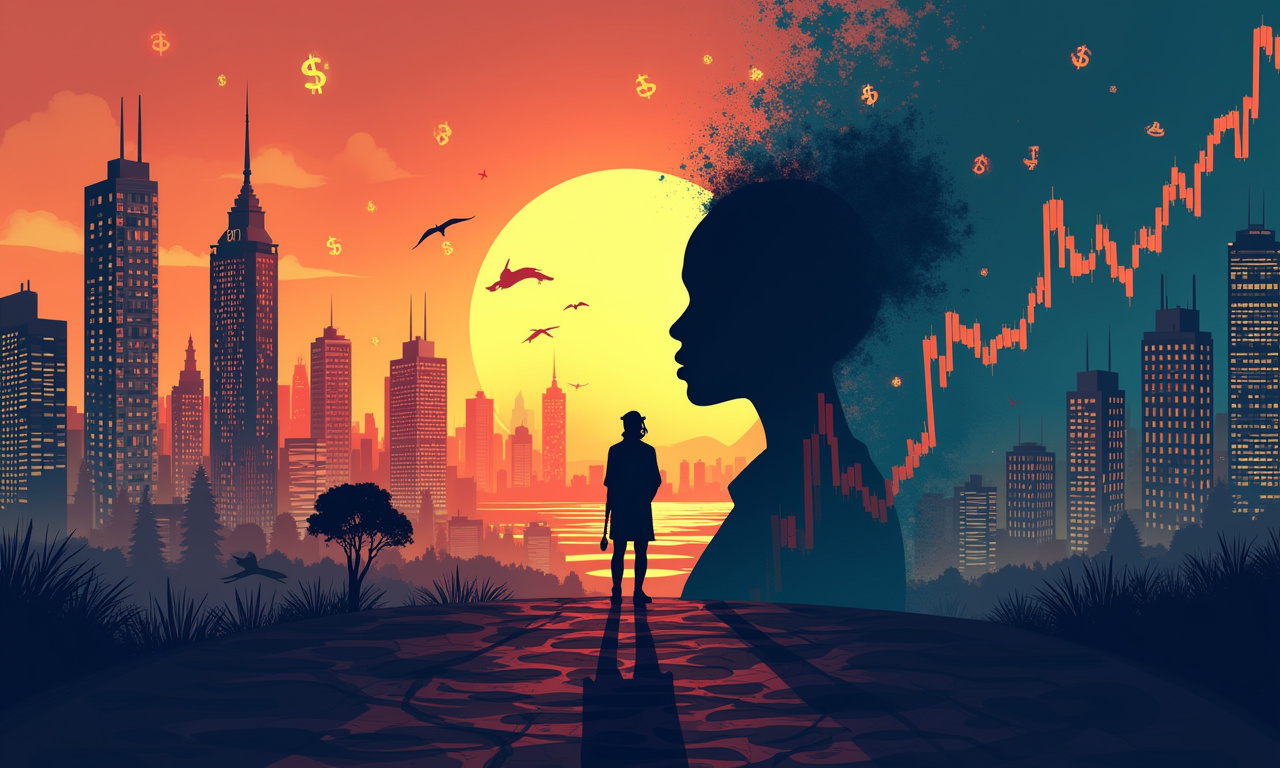The numbers don't lie: 95% of NFTs… worthless. Let that sink in. We’re not just discussing a few percent decrease in worth, we’re discussing digital assets basically disappearing into the ether. Unfortunately, twenty-three million people are still holding bags of nothing. Crypto evangelists like to pounce on any skepticism with cries that we’re still in the “early days.” To be honest, I think it’s time for a rude wake-up call. This isn’t a natural market correction, this is an NFT apocalypse.
Art, Finance, or Just Hype?
The NFT market, as it exists today, is a lot like the dot-com bubble. Remember Pets.com? Concept was great – online pet supplies – execution was… um, let’s call it a failure on a grand scale. Overvalued, overhyped, and ultimately, unsustainable. That's the story of most NFTs today.
Why? Because the primary value proposition – digital ownership – was drowned out by a wave of speculation. They presumed it was art, but people weren’t buying art; they were really buying lottery tickets. And most of those tickets were duds. A 2024 study found nearly 98% of new NFT collections were DOA – dead on arrival. Think about that: 98%! The numbers don’t lie — it’s more likely on a statistical basis that your NFT will flop than succeed.
I’ve attended thousands of projects that had shiny websites, glowing claims of community, and not a lick of artistic merit. They’re the digital equivalent of those generic, cookie-cutter “art” prints sold at Lowe’s. You know…the kind that you can hang on the wall, but they don’t have any magic.
And that’s the issue—not only the lack of quality, but the lack of quality control. It's a fundamental misunderstanding of value. As with any other sort of asset, a JPEG—even a one-of-a-kind one—only has intrinsic value if people are paying for it. Considering 79% of all NFT collections are permanently unsold, demand is clearly nonexistent.
- Vast Majority Worthless: 95% of NFT collections have a market cap of zero ether.
- High Failure Rate: Almost 98% of new NFT collections are "dead on arrival."
- Low Sales Rate: 79% of all NFT collections have never been sold.
Community is King, But Not Always
You’ll hear the word “community” a lot when it comes to NFTs. It’s true, a passionate, engaged community can really fire up a project. Just look at CryptoPunks, Bored Ape Yacht Club, Azuki, or Pudgy Penguins, or Milady Maker. They all have passionate fan bases, strategic alliances, and in some cases, real-world benefits.
Community alone isn't enough. Creating a community around a project that is fundamentally flawed or uninspired would be like throwing a celebration on board the Titanic. It can be a blast in the short term, but long term, everybody’s sinking.
Think about the power of memes. That’s why a great meme works — because it connects you to a greater truth, a universal experience. The best NFTs in the space have always done this, they mean more than just a pixelated drawing of a monkey. They turn into markers of status, or social cliques, or common beliefs. Establishing that resonance takes more than a clever name and eye-catching logo. It takes more than a fancy video to succeed. It takes authenticity, vision, and a genuine connection with the audience.
What's more, illiquidity plagues the NFT market. Most of their owners are stuck, unable to sell their assets even at fire-sale prices. You may have a hugely valuable piece of digital history, but if no one is willing to pay for it, what value does it have?
Hope for the Future? Maybe.
Is the NFT experiment a complete failure? Not necessarily. And yet, the potential is vast — if we can make a fundamental pivot in our way of thinking. We must stop ideating our way into the next get-rich-quick scheme and instead create real, lasting value.
One of the most innovative new frontiers lies in NFT-backed loans. The basic premise behind NFTfi is that you can put your most prized NFTs up as collateral to take out a loan. This indicates that even amidst a downturn, some platforms are still making bets on the long-term value of certain collections. Even here, caution is warranted. These loans are inherently high risk. If the market for your NFT crashes, you may lose the asset and the money you borrowed plus interest.
The winning projects have a lot to teach us about success. Legacy, legacy, legacy! Historical/cultural significance, luminary artists, committed community, and concrete advantages. These aren’t guarantees of success, but they’re surely more telling signs than a pretty website and all that glitters.
The future of NFTs, as with so many technologies, is in utility, authenticity and responsible innovation. We are deeply appreciative of these projects, which focus on directly addressing real-world issues. These projects should be seen to deliver clear, obvious benefits and based on a genuine spirit of trust and transparency.
We need less hype and more substance. Less speculation and more genuine artistic expression.
While the NFTpocalypse seems to have arrived, perhaps from those ashes, a more sustainable and meaningful ecosystem can be built. It's up to us to build it. Remember this: do your research, be skeptical, and never invest more than you can afford to lose. The wild west is over.




